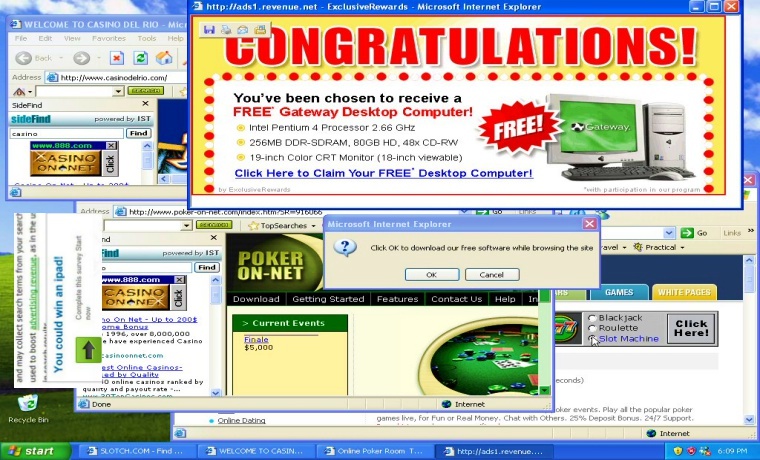
Viruses have been spreading through the Internet for as long as a connection has allowed them. From e-mails, to shady websites, to advanced software like ransomware, they’ve always found a way. A lot of this attributes to user-ignorance; For a tool used by the majority of people on a daily basis, it’s still common in this day and age that most users don’t know how to protect themselves from viruses online.
Fortunately, web browsers and computers created in recent years have been created with more idiot-proof features in order to prevent as much damage as possible. Pop-up blockers, in-browser malware detectors, and the like are everyday tools that keep our computers a little bit safer. But before these convenient virus-preventing services came along, it wasn’t as easy for the average person to avoid them. Of all the web eras thus far, malware seemed to have its most common day during Web 2.0.
Memories of infected computers
“Jess, why the hell are you writing nostalgically about computer viruses from 10-15 years ago?”. Excellent question. I’m not trying to go on a nostalgia trip about the viruses themselves, because believe me, it was hell trying to browse a friend’s computer who didn’t know how to uninstall their six browser toolbars. What I am doing with this, is writing about how ridiculously easy it was for a lot of these to find their way onto your computer.
So let’s cut to the chase.
Web 2.0 had a lot more to offer than Web 1.0 in many ways. Sites would load a little faster and allowed for more content. Within this content, it was common to see a lot of spammy ads and free software promoted. Sometimes, these offers were actually useful, but most of the time a lot of crap was downloaded by unsuspecting users.
A look back at some of the worst offenders
Limewire
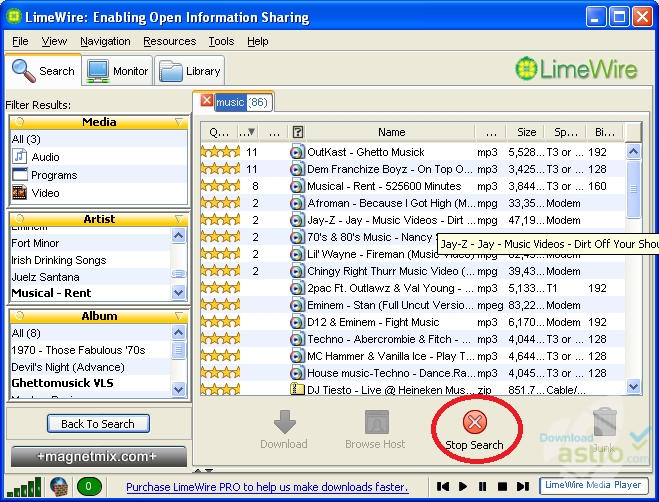
Not a web-based software, but still a major part of the Internet during the era in question. Like Napster that came and went before it, Limewire was one of the most popular P2P softwares out there to download music. As many users will remember, you also wouldn’t always get what you thought you were downloading. Sometimes an mp3 of “Crank Dat” by Soulja Boy was actually just a soundbite of Bill Clinton. For the less fortunate, there’d be a lack of attention to file names like 50_cent_in_da_club.mp3.exe, and malware would find its way in. Limewire was a much easier way to spread viruses around as people often wouldn’t think twice about what they were downloading.
Toolbars
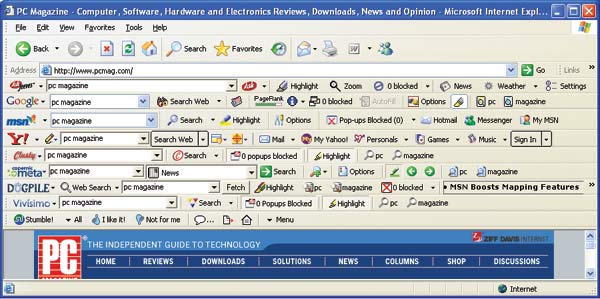
If you used custom browser toolbars during Web 2.0, it meant one of two things. Either you had one or two because you actually had a use for its features, or you had them because you had no idea how to get rid of them after unintentionally installing them. A lot of unwanted toolbars came bundled with software and had a tendency to slow your computer down, while some of them carried spyware to make your experience a little less pleasant.
Bonzi Buddy
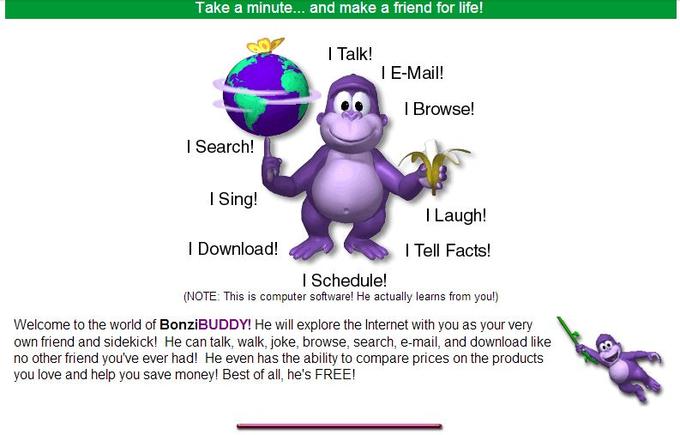
Similar to browser toolbars, products like Bonzi Buddy were meant to assist users in their experience in learning more about a user’s habits. What sounds convenient was often also just another case of masked spyware that would send your information elsewhere and redirect you to places you didn’t want to go. The concept was infamously mocked by Vinesauce Joel in a 2014 video which demonstrated him trying to give his computer as many viruses as possible through the help of Bonzi Buddy (and other then-common viruses mentioned in this post).
Rewarding banner ads

Remember how exciting it was to be told that you were a website’s millionth visitor? What about knowing that if you took a 3 minute survey, you would win a free PlayStation 2? Enter your e-mail address and you’ll receive more details. By “more details”, we actually mean a bunch of spam from companies you’ve never heard of because your information was sold to third parties.
FunWebProducts
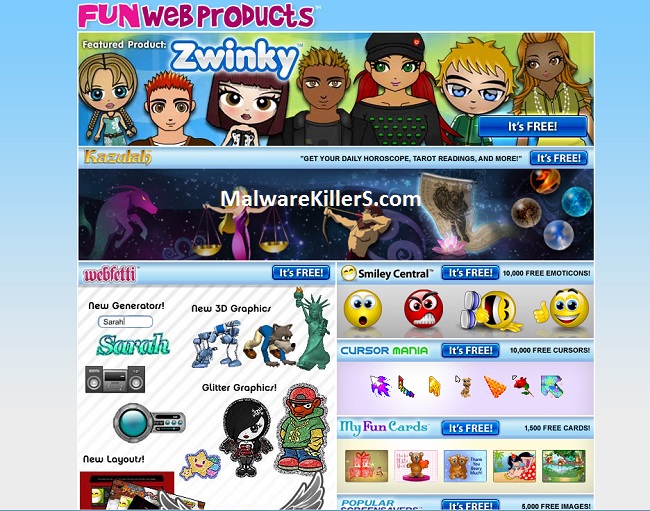
If you wanted to trick-out your computer with some flashy features, services like Smiley Central, Zwinky, and Cursor Mania had a lot to offer. In fact, they gave the downloader a lot more than they asked for — a lot of adware. Sure, you’ve managed to prettify your computer a bit and make it your own, but is it really worth a slower experience filled with popups and unwanted software? Maybe it’s punishment for being the person to always send the most annoying Smileys to your friends over IM.
So why Web 2.0?
One of the easiest ways to explain why Web 2.0 was more prevalent with this sort of thing is how it relates to customization culture. Seeing as how the Internet was still a new concept to many people at the time, of course seeing an opportunity to download something fun is going to be appealing to a lot of these people. In today’s Web 3.0, not many people are as concerned with that type of over-personalization, or if they are, they tend to know there’s safer ways to execute it. As for Web 1.0, while they existed, there weren’t as many advertised things like Smileys, custom toolbars, or custom cursors. Otherwise, if there were, this entire topic likely would have been one of that web era too.
Comparing new users of each era, Web 1.0 users already had that upper-hand with experience. Being the group that saw viruses such as “ILOVEYOU” and “Happy99”, it was a bit easier for them to spot a scam. Once Web 2.0 came along, this wave of users getting online for the first time outnumbered these net-smart veterans of 1.0, so the knowledge wasn’t as easy to spread amongst newbies. When everything is shiny, new, and telling you to “click here” for a fun gift, it’s not something that people gave a second thought.

The experience argument also makes sense when figuring out why it’s not as prevalent in our current Web 3.0. There are only so many people in developed countries who haven’t been online. There are more users who have been online since Web 2.0 than those who got online for the first time in Web 3.0 With that in mind, not only are people more aware from experience of how to protect themselves from viruses, but given the fact that people use the web differently today, it’s less likely that they’ll encounter one as a casual user, the way many would come about during the previous era.
Sure, anyone can spread a virus anywhere, but for the average person who only spends their day on sites like Facebook, Twitter, and any other mainstream, trusted sites, it’s less likely that they’ll click on an unfamiliar link and click a “download button” because they see a cute dolphin screensaver offer. Does it still happen? Yes. Does it happen as much as it did 10-15 years ago? Not really.
Safety today
There’s still a lot of user-ignorance when it comes to taking care of your computer. Not as much as during Web 2.0, but more often than not, people just don’t give a shit. That’s just human nature sometimes. Luckily, security has improved both online and offline, but that doesn’t mean people aren’t paying for it through things like ransomware and cyberattacks. It can happen to anyone, but there’s a lot of safety warnings out there for likely targets. On the bright side, I’ve yet to hear of an instance of ransomware executed in this era as a result of someone downloading free Smileys.